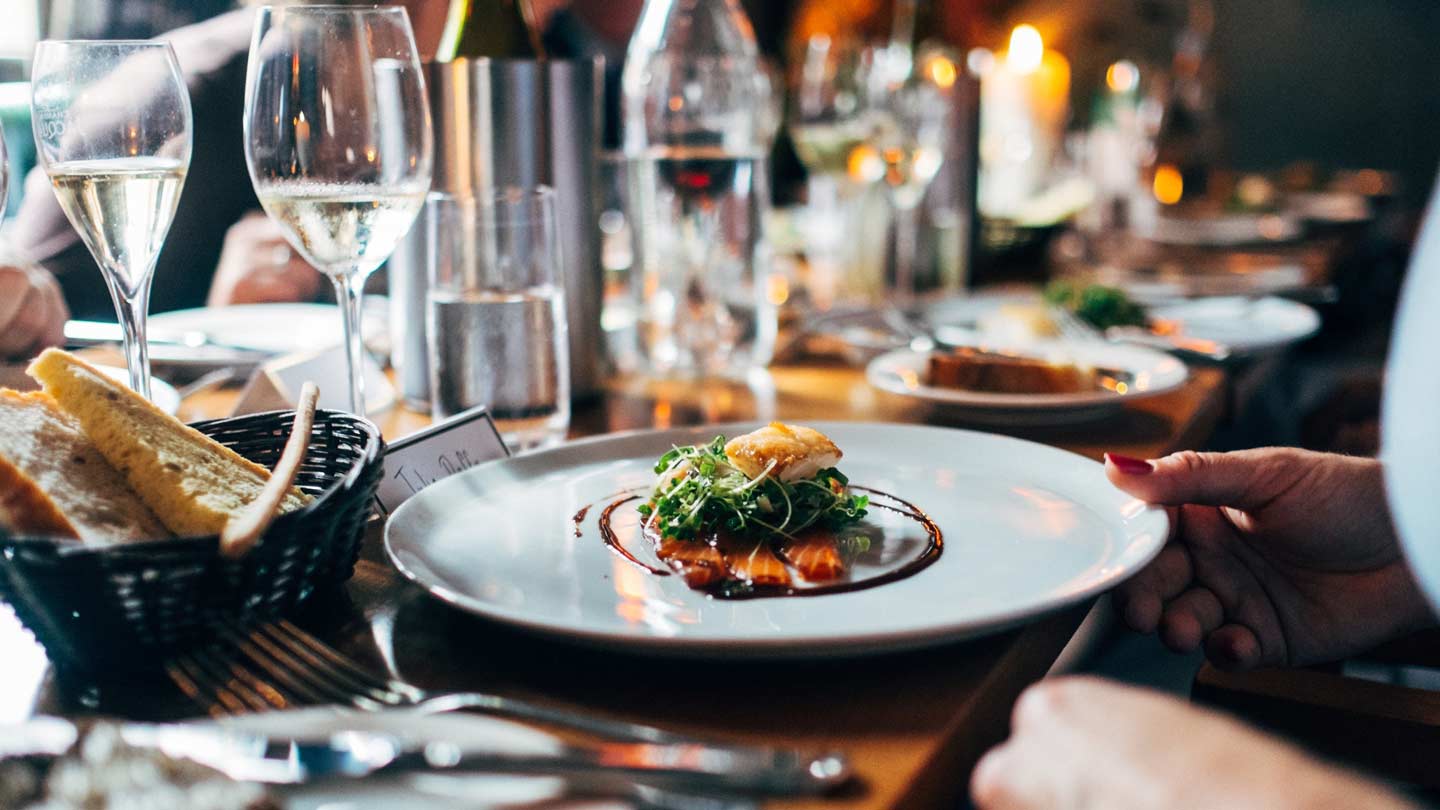When Dinner Is Outdoors, New Rules Apply
When Dinner Is Outdoors, New Rules Apply
During the pandemic, wind chill and loaner blankets are the new considerations (don’t forget your handwarmers).
When the weather turned cold, Rachel Sugar, a contributing writer for the New York City food blog Grubstreet, thought people would give up dining al fresco. But, she said, that hasn’t been the case: “Restaurants, more than ever, are a place where people feel relatively comfortable.”
Indeed, in cities around the country, restaurants have adapted for colder conditions and diners are proving game, even in northern latitudes. On a recent weekday in Portland, Maine, where the high was 28 degrees, the eatery Little Giant turned its back patio into an outdoor dining deck, with 35,000 watts of electric heat. In Seattle, the seafood spot Westward has installed two fire pits to keep patrons cozy. Scarpetta, in New York, built private dining “chalets.” It’s a testament to local food cultures and the universal human need for social connection that people are willing to eat outside in the depths of winter.
But between the not freezing part and the not getting Covid-19 part, if you decide to visit a restaurant, eating out has become something you need to plan for: Whose outdoor setup promises warmth, what to wear to battle the elements, what to order that won’t get cold as soon as it hits the table (or maybe will still taste good even if it is cold). Getting a table used to be the main concern. Now you have to think about wind chill and the chance of snow.

When Dinner Is Outdoors, New Rules Apply
How are diners and restaurateurs making it work? Here, the new rules for eating outside.
Know what you’re facing.
The pandemic diner will quickly discover that every restaurant offers its own version of the outdoor experience. Heated, custom-designed tents called Yurt Villages, a collaboration between American Express and the dining app Resy, have been set up at 13 in-demand restaurants across the country, including Zahav in Philadelphia and Arlo Grey in Austin, Texas. Many more eateries have erected cheap, rustic structures made of wood or plastic, which Ms. Sugar of Grubstreet has codified by architectural style, from Upmarket Shanty to Cold-Weather Cabana. You’ll want to do some research to know exactly what the set up will be — are there heaters at every table? Blankets on loan? How windy and exposed is the location?
“I generally won’t go to a restaurant without having seen their outdoor situation beforehand,” said William Li, a founder of The Hao Life, a wellness brand, who on a recent week ate out in New York nearly every night. “A lot of them are just tables outside without any heating whatsoever. Even if you’re dressed appropriately, it’s not comfortable.”
Jessica Siskin, a food artist behind the popular Instagram account Misterkrisp, follows the same rule but for different reasons. Ms. Siskin won’t eat inside plastic enclosures or structures that approximate indoor settings. “I don’t think of plastic as a ventilated material,” she said.
Ms. Siskin does a scouting mission, she said, for her sake and the restaurant’s: “The last thing I want is to get to a restaurant, feel uncomfortable and leave. That’s a reservation that could have gone to someone else.”
Which brings up another point about planning: Make a reservation where you can. Many restaurants are operating with far fewer tables than normal, and on weekends (at brunch especially, when it’s relatively warmer) those tables fill up fast. When Dinner Is Outdoors, New Rules Apply.







